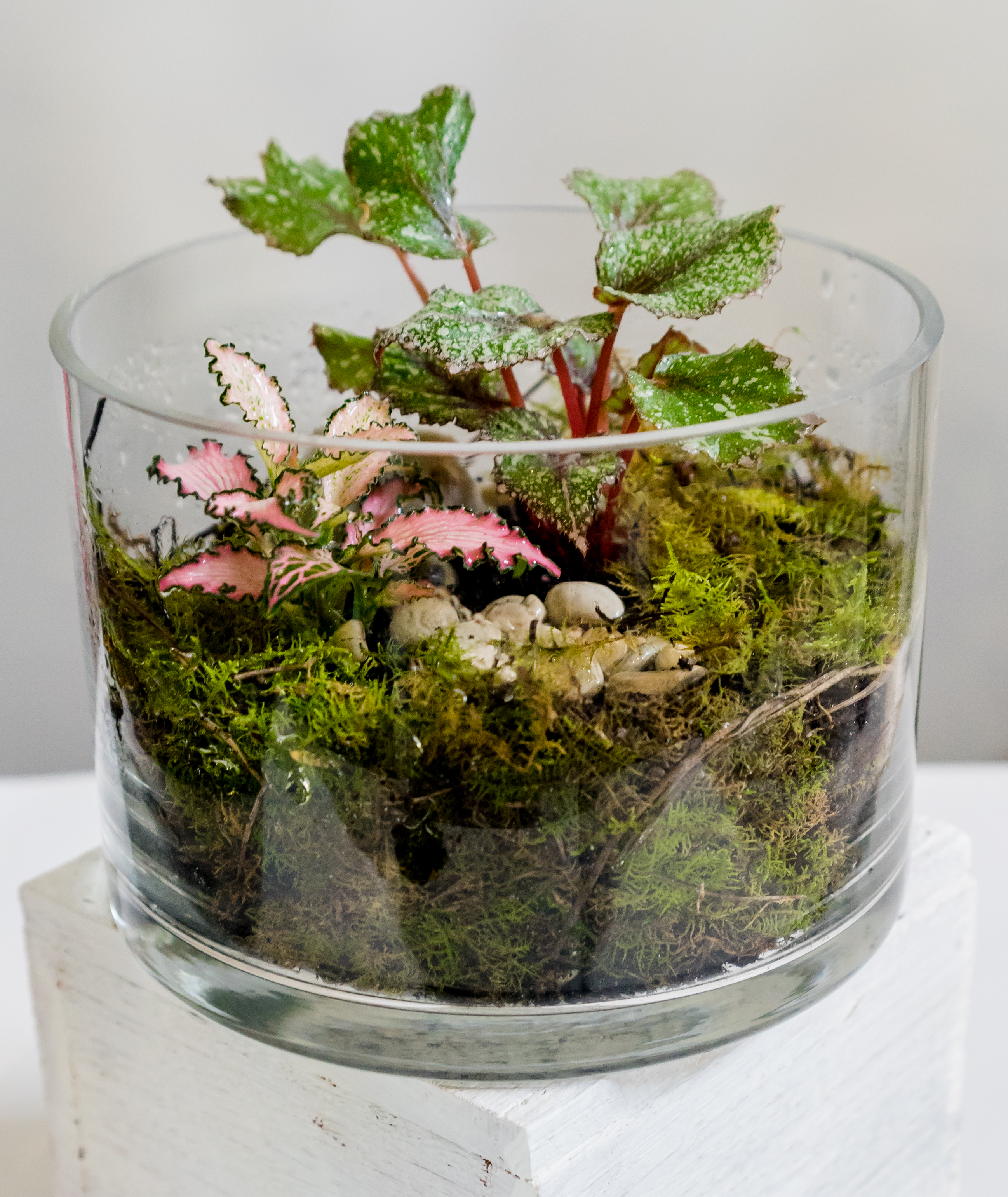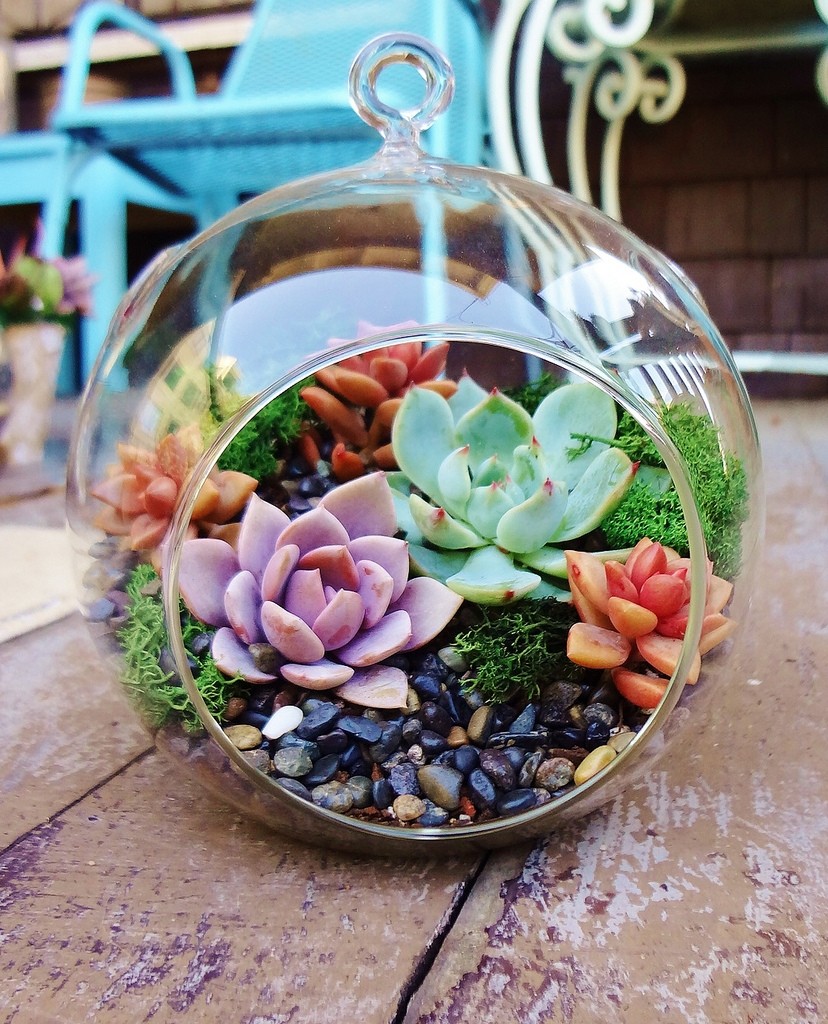Unlocking the Magic of Terrariums
Terrariums have long fascinated people with their miniature, self-sustaining ecosystems. These captivating containers offer a unique charm, combining the beauty of nature with the simplicity of low maintenance. One of the primary benefits of terrariums is their ability to purify the air, making them an excellent addition to any home or office. By understanding the basics of terrariums, you can unlock their full potential and create a thriving, miniature world. If you’re interested in learning how to plant a small terrarium, you’re in the right place. In this guide, we’ll walk you through the process of creating your own miniature wonder, from selecting the right materials to caring for your finished terrarium.
Choosing the Right Container and Materials
Selecting the right container, soil, plants, and decorative elements is crucial for creating a thriving small terrarium. The container should be clear glass or plastic, allowing for maximum light exposure, and have a wide enough mouth for easy planting and maintenance. When it comes to soil, a well-draining substrate is essential to prevent waterlogged soil and root rot. For plants, choose species that are adapted to low-light conditions and have a small root system, such as succulents, mosses, and ferns. Decorative elements like rocks, shells, or figurines can add visual interest, but be sure to choose items that won’t compromise the health of the plants. By selecting the right materials, you’ll be well on your way to learning how to plant a small terrarium that will thrive for months to come.
How to Select and Prepare the Perfect Plants
When it comes to selecting plants for a small terrarium, it’s essential to choose species that thrive in low-light, enclosed environments. Succulents, mosses, and ferns are ideal options, as they require minimal maintenance and can tolerate the unique conditions of a terrarium. When preparing plants for planting, gently remove them from their pots and inspect the roots for any signs of damage or disease. Trim away any dead or damaged roots, and gently tease out the roots to encourage growth. This will help the plants establish themselves quickly in their new environment. By selecting and preparing the right plants, you’ll be well on your way to learning how to plant a small terrarium that will thrive for months to come. Remember to choose plants that are compatible with each other in terms of lighting and watering requirements, and don’t be afraid to experiment with different combinations to create a unique and visually appealing terrarium.
Layering and Planting: A Step-by-Step Process
Now that you’ve selected and prepared your plants, it’s time to start building your miniature ecosystem. Begin by adding a layer of small rocks or gravel at the bottom of the container, which will help with drainage and prevent the soil from washing away. Next, add a layer of activated charcoal, if desired, to help absorb excess moisture and prevent mold growth. Then, add a layer of soil, leaving enough space for the plants’ roots to grow. Gently plant the prepared plants in the soil, taking care not to damage their delicate roots. Arrange the plants in a visually appealing way, leaving enough space for growth and air circulation. Finally, add any decorative elements, such as rocks or shells, to complete the look. By following these steps, you’ll be able to create a beautiful and thriving small terrarium. Remember to handle the plants gently and take your time when layering the soil and gravel to ensure a stable and balanced ecosystem. With these tips, you’ll be well on your way to learning how to plant a small terrarium that will bring joy and serenity to any space.
The Art of Adding Decorative Touches
Once the plants are in place, it’s time to add the finishing touches to your small terrarium. Decorative elements can elevate the visual appeal of your miniature ecosystem, making it a stunning centerpiece for any room. When selecting decorative elements, consider the overall aesthetic you want to achieve. For a natural look, add rocks, pebbles, or small branches. For a more whimsical touch, try adding small figurines, shells, or moss-covered stones. Remember to balance the decorative elements with the plants, ensuring that they don’t overpower the natural beauty of the terrarium. A general rule of thumb is to keep the decorative elements to a minimum, allowing the plants to remain the focal point. By incorporating these decorative touches, you’ll be able to create a unique and captivating small terrarium that showcases your personal style. When learning how to plant a small terrarium, don’t be afraid to experiment with different decorative elements to find the perfect combination for your miniature masterpiece.
Caring for Your Miniature Ecosystem
To ensure the long-term health and beauty of your small terrarium, regular maintenance is crucial. Watering is a delicate process, as overwatering can lead to mold and root rot. Check the soil moisture by gently sticking your finger into the soil up to the first knuckle. If the soil feels dry, it’s time to water. Use a spray bottle to mist the plants and soil, taking care not to wash away the small plants or decorative elements. Pruning is also essential to maintain the shape and size of your plants. Use clean, sharp scissors or clippers to trim away dead or dying leaves and stems. Monitor the temperature and humidity levels in your terrarium, keeping in mind that most plants thrive in temperatures between 65-75°F (18-24°C) and humidity levels between 40-60%. By following these simple care tips, you’ll be able to create a thriving miniature ecosystem that will continue to fascinate and delight. Remember, learning how to plant a small terrarium is just the first step – proper care and maintenance are essential to its long-term success.
Troubleshooting Common Issues and Mistakes
Even with proper care and maintenance, issues can arise in your small terrarium. Mold, overwatering, and pest infestations are common problems that can be prevented or rectified with the right techniques. To prevent mold, ensure good air circulation by not overcrowding the terrarium and avoiding excessive watering. If mold does appear, remove it immediately with a soft-bristled brush and adjust your watering schedule. Overwatering can be avoided by checking the soil moisture regularly and watering only when necessary. If you do encounter overwatering, stop watering immediately and allow the soil to dry out slightly. Pest infestations, such as spider mites or mealybugs, can be treated with insecticidal soap or neem oil. Regularly inspect your terrarium for signs of pests and take action promptly to prevent infestations. By being aware of these common issues and taking preventative measures, you can ensure the long-term health and beauty of your small terrarium. Remember, learning how to plant a small terrarium is just the beginning – troubleshooting common issues is an essential part of maintaining a thriving miniature ecosystem.
Displaying and Enjoying Your Miniature Masterpiece
Once you’ve successfully created your small terrarium, it’s time to showcase your miniature wonder. Placement is key, as it can greatly impact the overall visual appeal of your terrarium. Consider placing your terrarium near a window with bright, indirect light, but avoid direct sunlight, which can cause the temperature to fluctuate. Styling your terrarium with decorative elements, such as rocks, shells, or figurines, can add an extra layer of visual interest. To maximize the visual impact of your terrarium, experiment with different angles and arrangements. For example, you can place your terrarium on a decorative pedestal or shelf, or group it with other plants or decorative elements. By following these simple tips, you can create a stunning display that showcases your creativity and attention to detail. Remember, learning how to plant a small terrarium is just the beginning – displaying and enjoying your finished masterpiece is the ultimate reward.


:max_bytes(150000):strip_icc()/how-to-make-terrariums-848007-20-c54312d99b1348cfa3b827d389a5fbdb.jpg)





